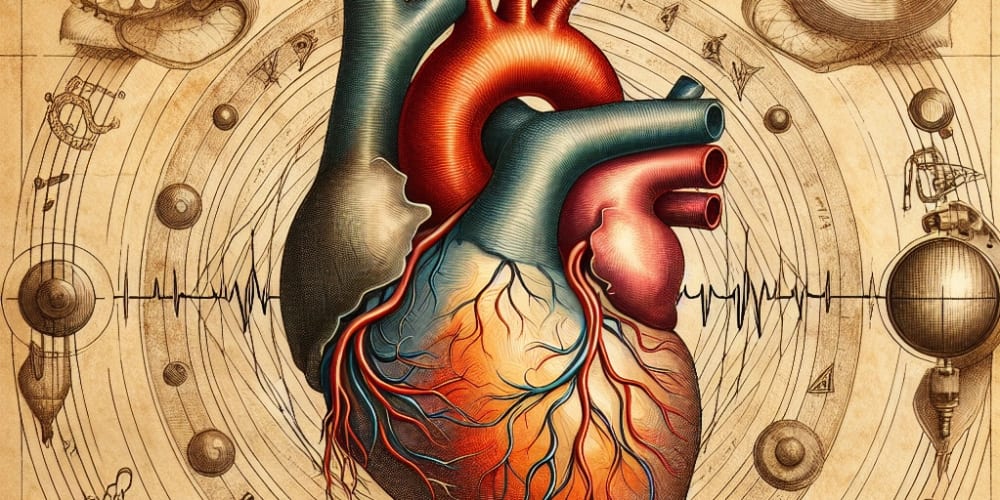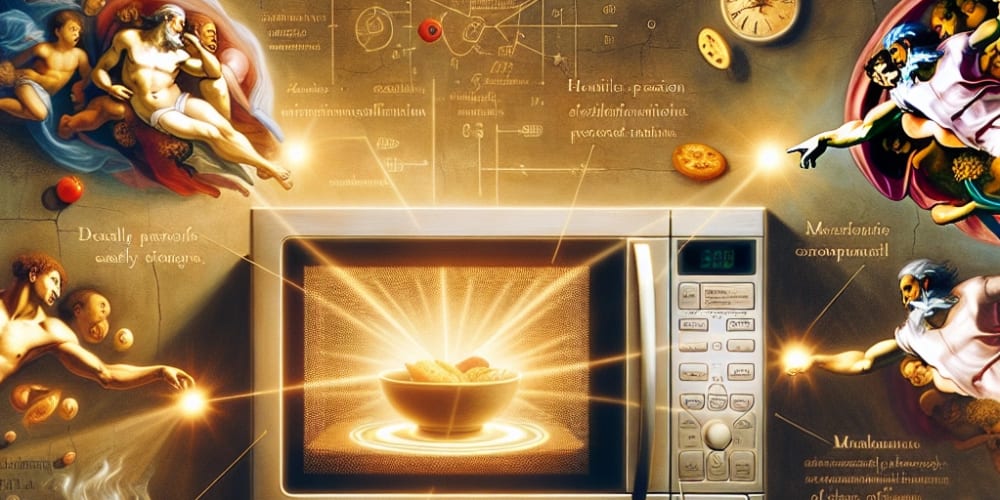The Role of Digital Fabrication in Custom Construction Projects
Digital fabrication is transforming the construction industry at an exhilarating pace. From intricate architectural designs to robust structural components, the ability to digitally design and fabricate building elements is pushing the boundaries of what’s possible. This post delves into how digital fabrication is turning complex custom construction projects into awe-inspiring realities.
What is Digital Fabrication?
Digital fabrication encompasses a variety of technologies that convert digital designs into physical components. This encompasses:
- 3D Printing: Creating three-dimensional objects layer by layer.
- CNC Machining: Utilizing computer-controlled machine tools to sculpt materials to precise specifications.
- Laser Cutting: Precisely slicing materials with a high-powered laser.
- Robotic Assembly: Automating the construction of complex structures using robotic arms and AI.
The essence of digital fabrication lies in its reliance on digital design files, which are translated into machine instructions, allowing for unparalleled precision and customization.
How Digital Fabrication is Revolutionizing Custom Construction
Precision and Complexity
One of the most significant advantages of digital fabrication is the precision it brings to construction. Traditional methods often struggle with complex geometries and intricate details. Digital fabrication excels here, allowing for the creation of structures that were previously unimaginable.
Imagine a facade with intricate lattice work that not only looks stunning but also optimizes light and airflow into a building. Such a design would be prohibitively time-consuming and expensive to produce using traditional methods, but with digital fabrication, it becomes feasible.
Speed and Efficiency
Digital fabrication significantly speeds up the construction process. Detailed models can be created quickly, and once the design is finalized, production can begin immediately. This efficiency reduces both labor costs and the potential for human error. Multi-component assemblies that once took weeks to create can now be fabricated in a matter of days or even hours.
Sustainability
Sustainability is another area where digital fabrication shines. By producing only what is necessary, waste is dramatically reduced. Additionally, digital fabrication allows for the use of sustainable materials, such as recycled plastics and biodegradable materials, further minimizing the environmental footprint.
Personalization and Customization
With digital fabrication, customization is no longer a costly add-on but an inherent part of the process. Custom-built homes, tailored office spaces, and bespoke architectural features that reflect the client's personality and preferences are now easily achievable.
For example, a client might desire a unique staircase that curves elegantly through the center of their home. Digital fabrication can bring this vision to life with exacting accuracy and artistic flair.
Real-World Applications
Bridges and Pavilions
3D-printed bridges and pavilions are cropping up worldwide, demonstrating the viability and scalability of digital fabrication in large-scale constructions. One notable example is the 3D-printed pedestrian bridge in Madrid's urban park, which highlights the potential for digital fabrication to integrate seamlessly into public infrastructure.
Custom Homes
Architects and builders are now offering entirely custom homes, where everything from the foundation to the fixtures can be tailored. Notable projects include the “Yingchuang Building Technique” in Shanghai, where entire houses have been 3D printed in less than 24 hours.
Restoration and Preservation
In the field of restoration, digital fabrication allows for the precise replication of historical architectural elements that may have been lost or damaged. This technology has been instrumental in the reconstruction of historical sites that require exacting detail to their original designs.
Challenges and Future Prospects
While the benefits are clear, the adoption of digital fabrication in construction still faces several challenges, such as:
- High Initial Costs: The technology and machinery for digital fabrication are expensive, though costs are decreasing as the technology becomes more widely adopted.
- Skill Gap: There is a lack of trained professionals who can operate and maintain digital fabrication equipment.
- Material Limitations: Not all construction materials are suitable for digital fabrication, limiting some applications.
As technology advances, we can expect these barriers to diminish. The future of digital fabrication in construction looks promising, with ongoing research aimed at overcoming current limitations and expanding the capabilities of these systems.
Conclusion
Digital fabrication is rapidly changing the landscape of custom construction projects. It combines precision, speed, sustainability, and customization, making it a formidable tool in the hands of architects, builders, and designers. As the technology continues to evolve, the possibilities for what can be created will expand, leading to a future where custom, sustainable, and intricate buildings are the norm rather than the exception.
Get ready to witness a construction revolution, one layer at a time!
What are your thoughts on digital fabrication in construction? Drop your comments below, and don't forget to share this post if you found it insightful!


















